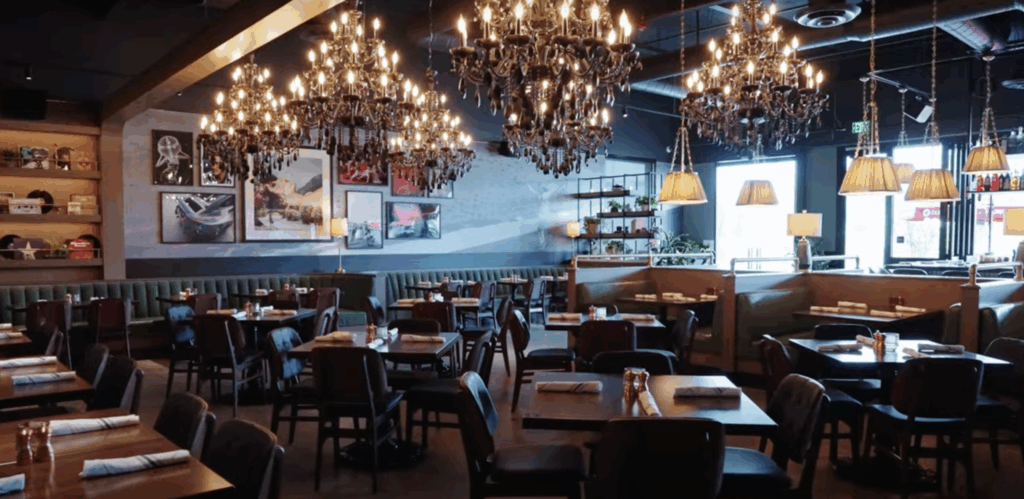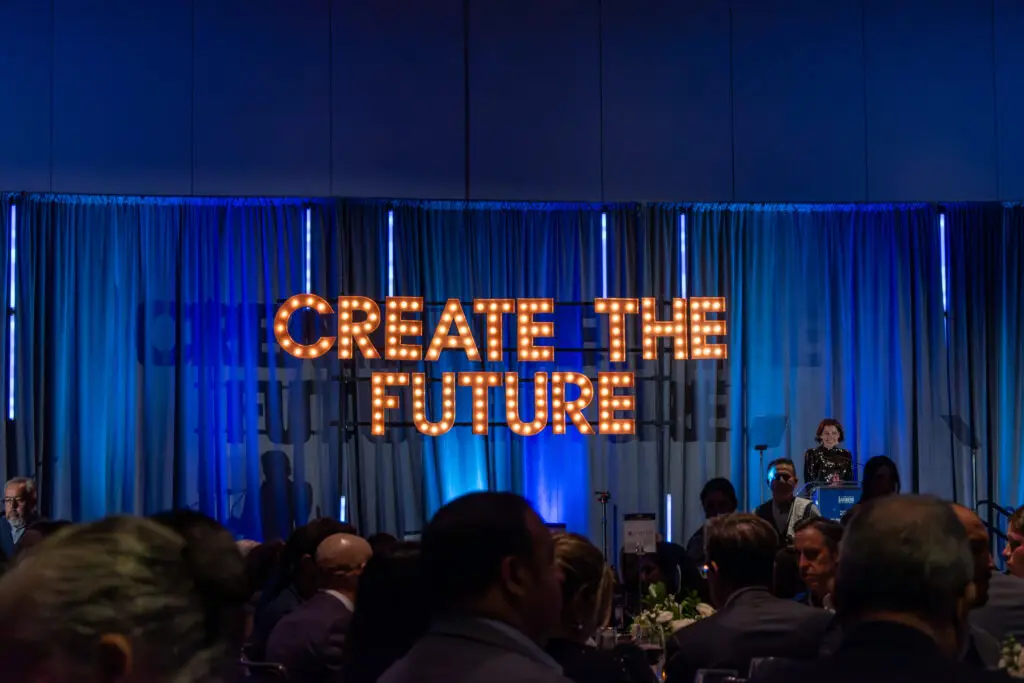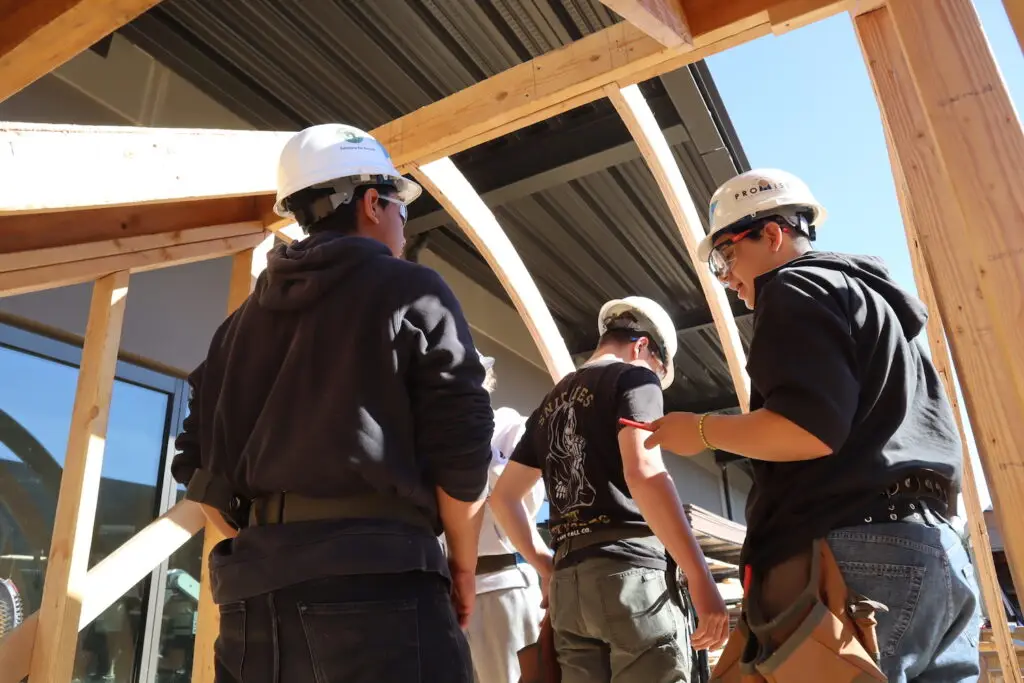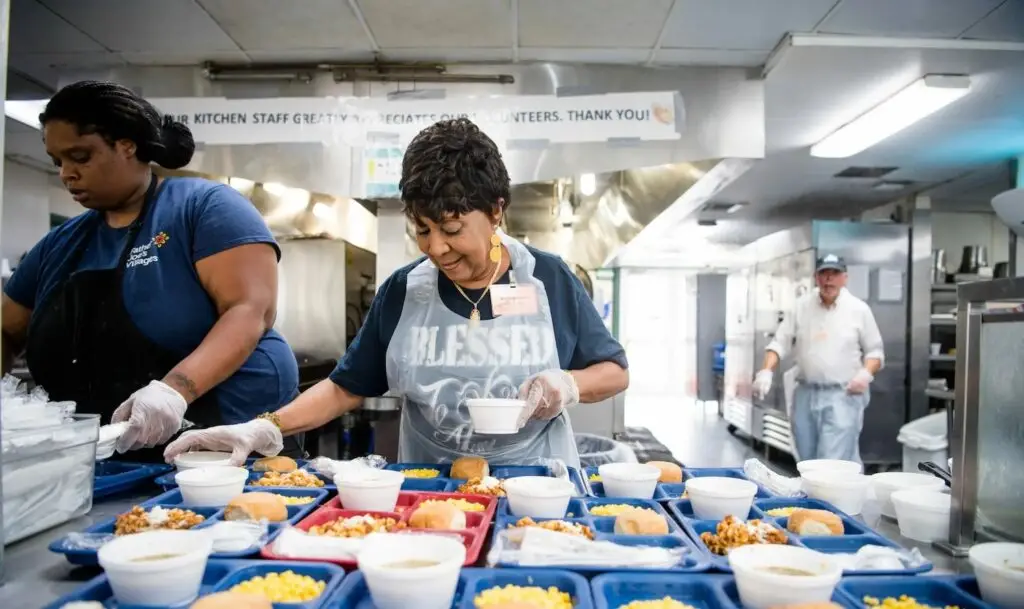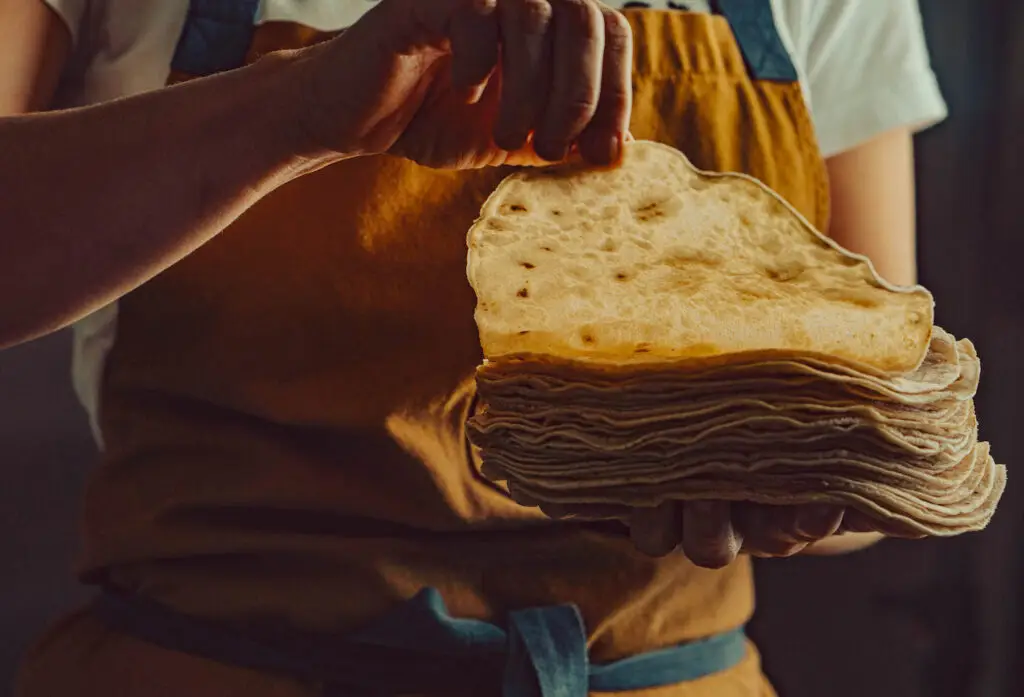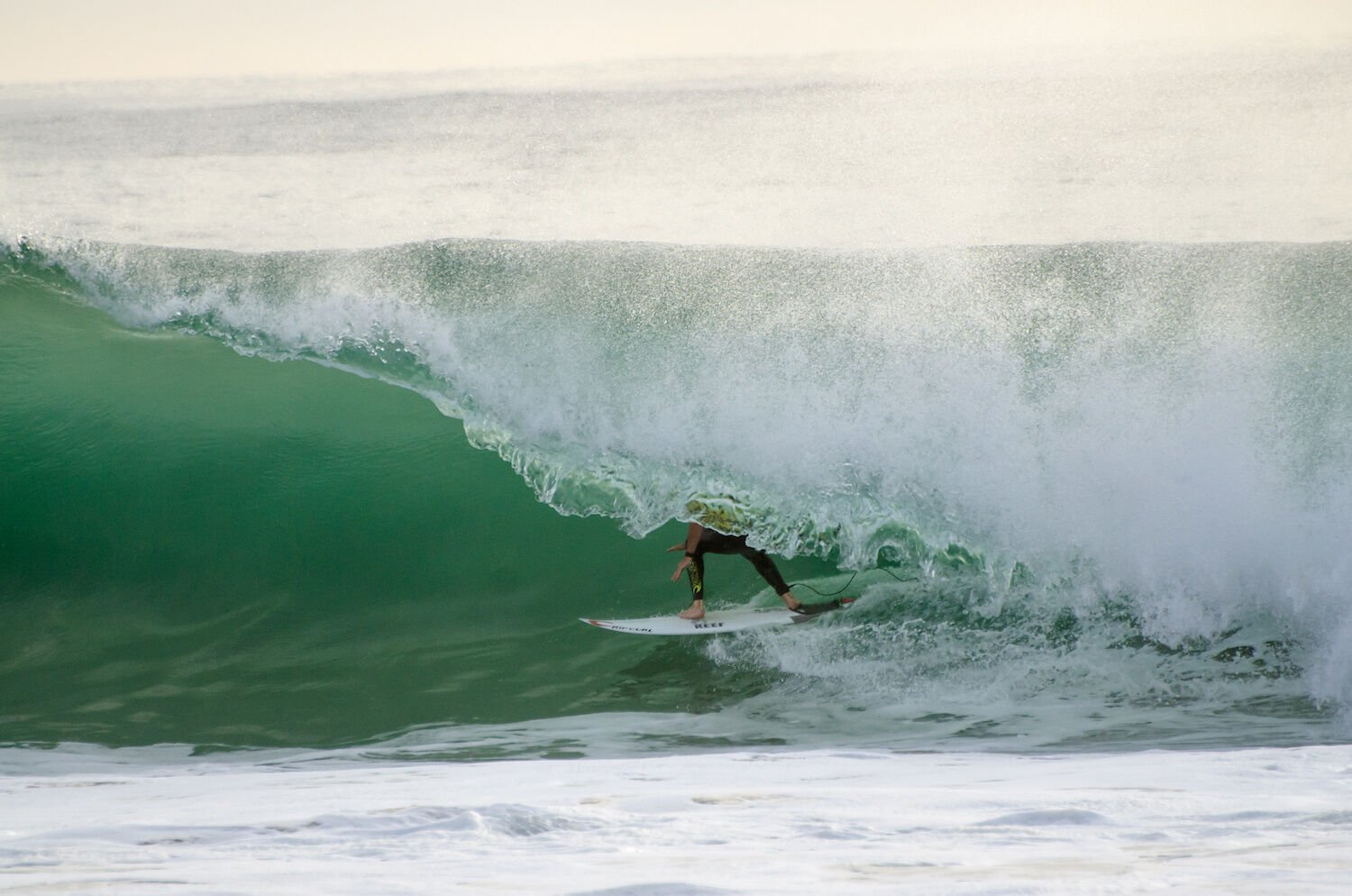
Pro surfer Taylor Knox
Taylor Knox is an American professional surfer and a trailblazer in the sport, having won competitions such as the 1995 Professional Surfing Association of America tour, leading team USA to gold in the 1996 ISA World Surfing Games, and securing the $50,000 prize money during the inaugural K2 Big-Wave Challenge at Todos Santos.
But about 20 years ago, he was in a bad place mentally. “Even though everything on the outside looked great; I had a great career, I was on tour—but I wasn’t happy and I didn’t really know why,” he says. “I felt like I had the answers, but I couldn’t access them inside myself.”
A friend suggested a new type of meditation called Kelee–named for the Sanskrit word meaning “having to do with different states of mind” as well as the Greek and Hebrew words meaning “vessel.”
The concept centers around two five-minute meditation sessions a day in which you learn to take your vessel or “Kelee,” and take bad things out and put good things in. Knox was skeptical, having preconceived ideas of meditation (drum circles and chanting?); it likely wouldn’t be for him.
“After about a year of being kind of miserable, my friend was like, ‘Why don’t you just go and check it out for yourself? You’re not going to wear a red robe and shave your head and become a vegan,’” he shares. “So I was like, ‘OK as long as it’s practical and something not too hippy-dippy, then I’m in.’”
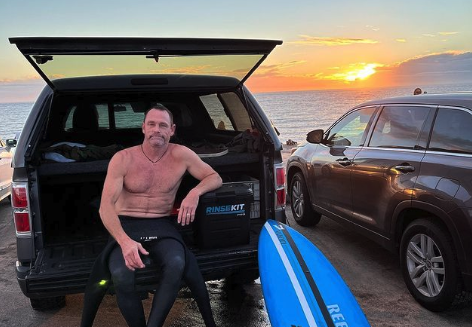
Courtesy of Taylor Knox, IG
He decided to meet with Ron Rathbun, founder of Kelee Meditation, who created the method 35 years ago after dealing with his own childhood pain. When Rathbun began meditating, he found that when his mind was still, he was assaulted by huge emotions.
So he developed the concept of a “Greater Kelee” and “Lesser Kelee.” The former is where emotions come from while the latter is where thoughts begin. “I would sense the fears and I would pull up and get still right there, and all the fears and all my troubles—which are basically a person’s issues—just started to dissolve,” says Rathbun.
“If you really pay attention to emotion, when you feel it, you feel it come from your chest, right? You don’t think emotion comes from your head, you actually feel it,” says Dr. Daniel Lee, a physician at UC San Diego who researches Kelee. “And you can sometimes feel a heaviness, or something in your chest, especially with sad emotion.” So, he says, our thoughts exist in the Lesser Kelee “above the surface of the mind.”
To practice Kelee Meditation, you have to learn what mental feeling is and how to access the Greater and Lesser Kelee. “If you touch the top of your head, this is a physical feeling,” Dr. Lee says. “If I have you remove your finger from the top of your head, but mentally feel where your finger just left, then this is mentally feeling your awareness.”
Essentially, you’re learning how to become aware of those sensations starting from the top of your head then relaxing down through the brain to around eye level. “[Then you can] use this kind of relaxed, softer mental feeling energy,” Dr. Lee says. “From there, you want to relax your awareness back to a single point as if it’s in the middle of your head, behind your eyes or behind your sinuses. And that’s in preparation to relax into the Greater Kelee.”
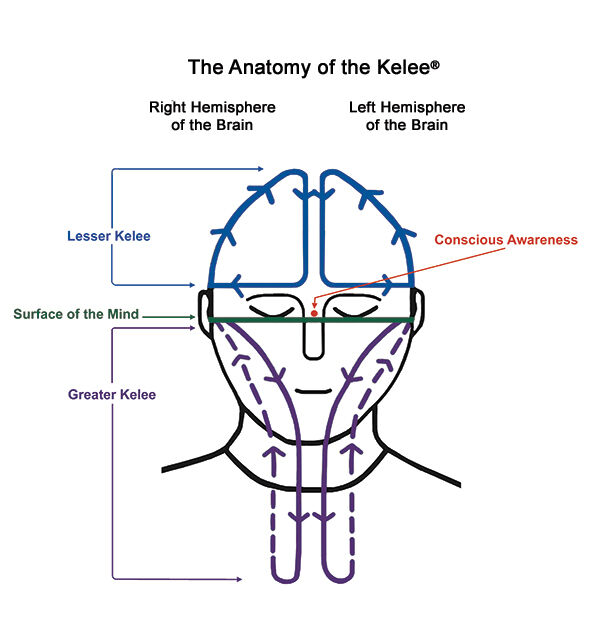
Kelee foundation
Courtesy of Kelee Foundation
To get into the Greater Kelee, relax your awareness and “it will naturally drop into this space,” he says. Relaxing into this state takes practice, but over time it gets easier. “The more time you learn to spend in there, you can be more mentally still,” says Dr. Lee. For Knox, it was life changing—though it took a couple of months for him to get used to the practice.
“I was so wrapped up in my head and I had so many programs going on. It’s kind of like when you have an iPhone and you don’t know it, but there’s all these apps running [in the background],” says Knox. “That’s a good analogy of what this meditation does. It’s kind of like you can have all these things kind of spinning in your head, and so you kind of shut it all down to conserve energy and get some clarity.”
Out of Kelee meditation, he’s learned to be more patient, a better parent, and a stronger surfer. He says despite having back surgery as a teenager, and more than 30 years of a surfing career, his body still feels great thanks to Kelee.
“In the past, I would just physically overtrain because I felt like that was the way that my body was going to react better or heal faster,” says Knox. “But what I realized was the body follows the mind, it’s not the other way around. So I needed to clean up my mind, and my body got better.”
After Dr. Lee discovered how Kelee Meditation helped him on a personal level, he started putting it to use in medicine. He found that it reduced burnout in nurses at UC San Diego by decreasing stress and anxiety. And more impressively, he found that as people continue to do it, normal stressors in life impact them less.
“The hallmark of this practice is the things that used to affect you start to affect you less, and over time actually cannot affect you,” says Dr. Lee. “You can really notice that there are things that really do not bother you.” He says it’s a way of getting rid of the things that push your buttons, or your baggage. Knox compares the practice to the movie Benjamin Button, where as he ages and gets more experienced, he gets healthier, because he has more clarity in his mind.
For Rathbun, that’s exactly the point. He says when he started working with Knox, the surfer’s friends worried he’d become a different person. “What they realized is they love him even more because he’s a more pure Taylor,” he says. “Kelee Meditation didn’t change him into something that he isn’t. It helped him to become who he really is.”
This month, the Kelee Foundation will host a workshop discussing the the importance of being centered in an effort to help individuals realize the necessity of self-care to reduce burnout. The workshop takes place on Saturday, February 25. Early registration (before Feb. 8) is $75 and goes up to $100 after that.
